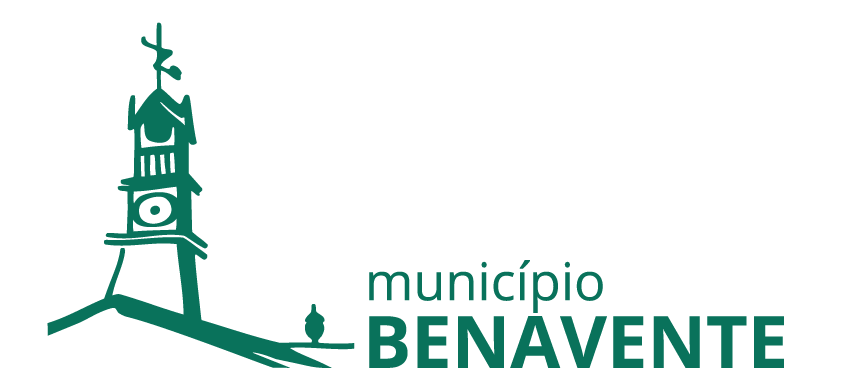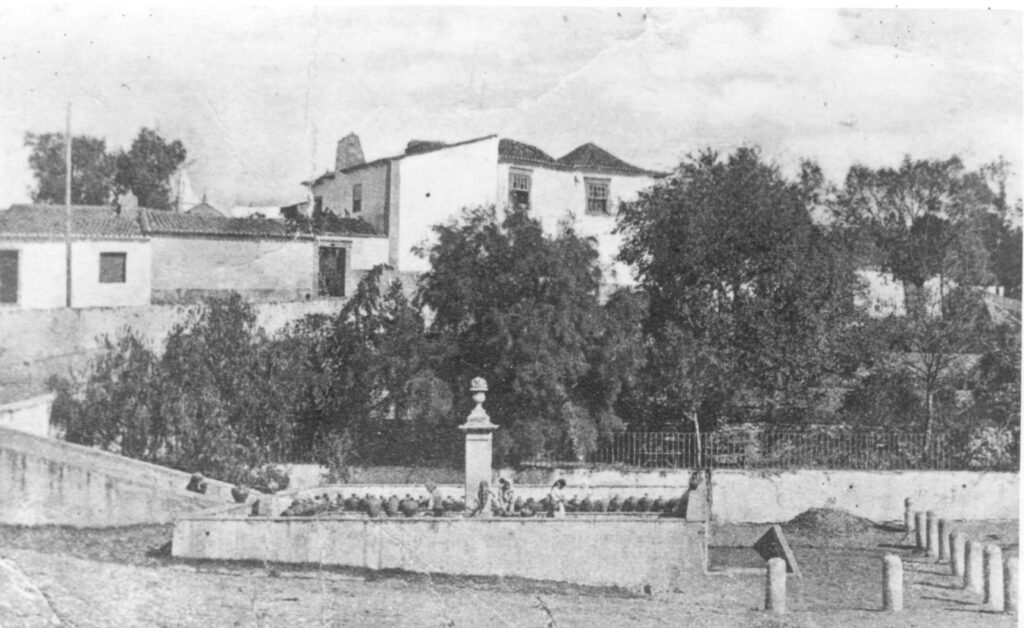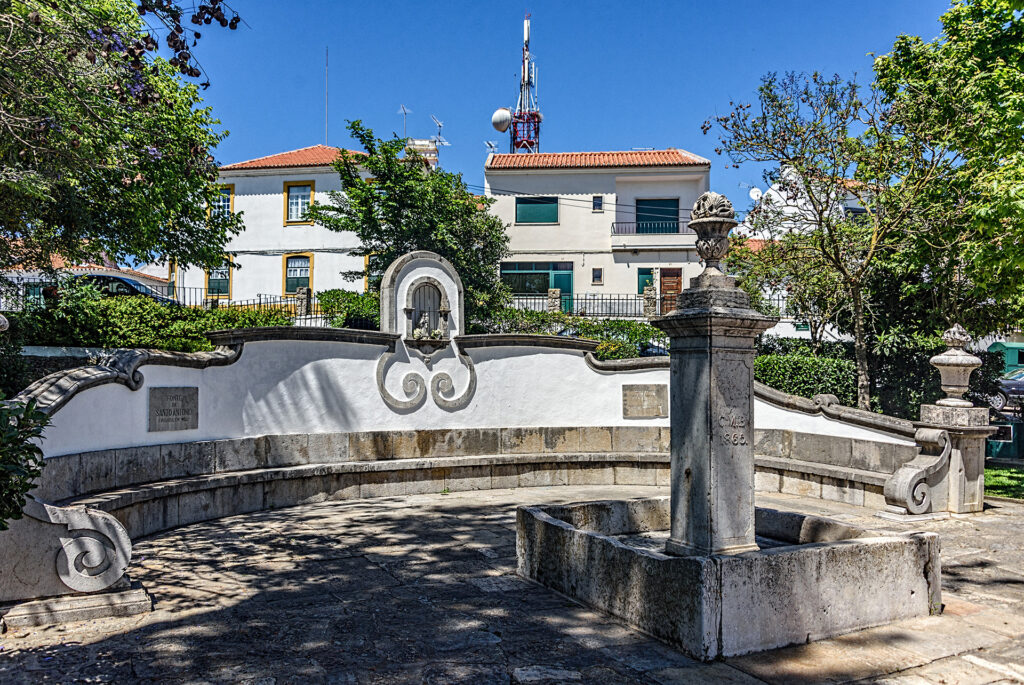
Calvary Cross
It was built by the Irmãos dos Santos Passos in 1644, in lioz limestone, in what was then known as Rocio do Moinho de Vento.
The churchyard, overlooking the river Sorraia, frames the cross and is a privileged viewpoint over the Benavente riverside area and the vast Ribatejo marshland.
City Hall Building
Built from scratch in 1875, this building also housed the court, the jail and other public offices.
After the 1909 earthquake, a metal tower with a clock was added to the building, which is still a landmark for the town of Benavente today.
Pillory
In the Manueline style, it was built when King Manuel I granted Benavente a new charter in 1516. Initially located in Praça da República, it was moved and relocated in 1954. The Pillory is made of “very good laurel stone, high with its irons, and grimpa, and cross of São Bento with its golden pomes, with five round steps of the same stonework”
(In Tombo do Concelho, 1574) IIP, Dec.-Law no. 23122, of 11.10.1933.
Benavente Municipal Museum
Housed in an 18th century mansion, the building’s renovation, reflecting a current language, aims to respond to trends, opening up to the outside world and providing a dynamic intervention that dialogues with all audiences. Affirming the Museum as a space of identity and expression of the territory is the main objective of this project.
It is part of the Portuguese Museum Network and is a regional museum that has important collections in the areas of agricultural tools, costumes, ceramics and traditional crafts, reflecting the diverse activities carried out in the region since the end of the 19th century.
This museum develops several cultural mediation projects aimed for all audiences.
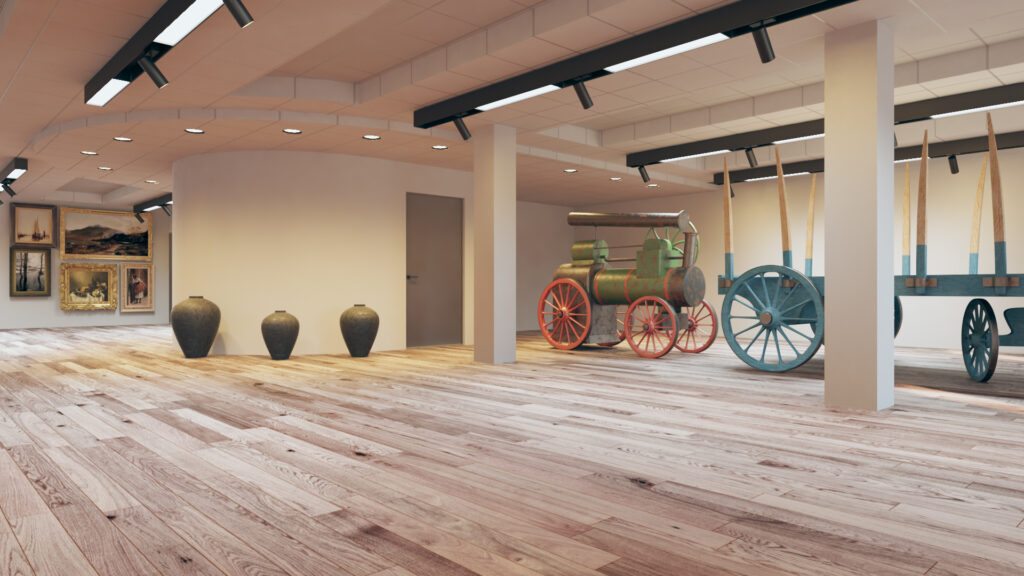
Agricultural Museum
Installed in the old Municipal Slaughterhouse, inaugurated in 2000, it has allowed the museum concept to be extended, turning the Municipal Museum into a multi-nucleated structure.
The installation of this nucleus has made it possible to have a permanent exhibition that systematically presents the cycle of agricultural production, “The Agricultural Calendar”.
With the aim of promoting the mediation of audiences, it includes two spaces for artistic development – Espaço Arriscart and Espaço Gravurar – and two small galleries: one for short-term exhibitions and the other where the works of the artist residency are displayed.
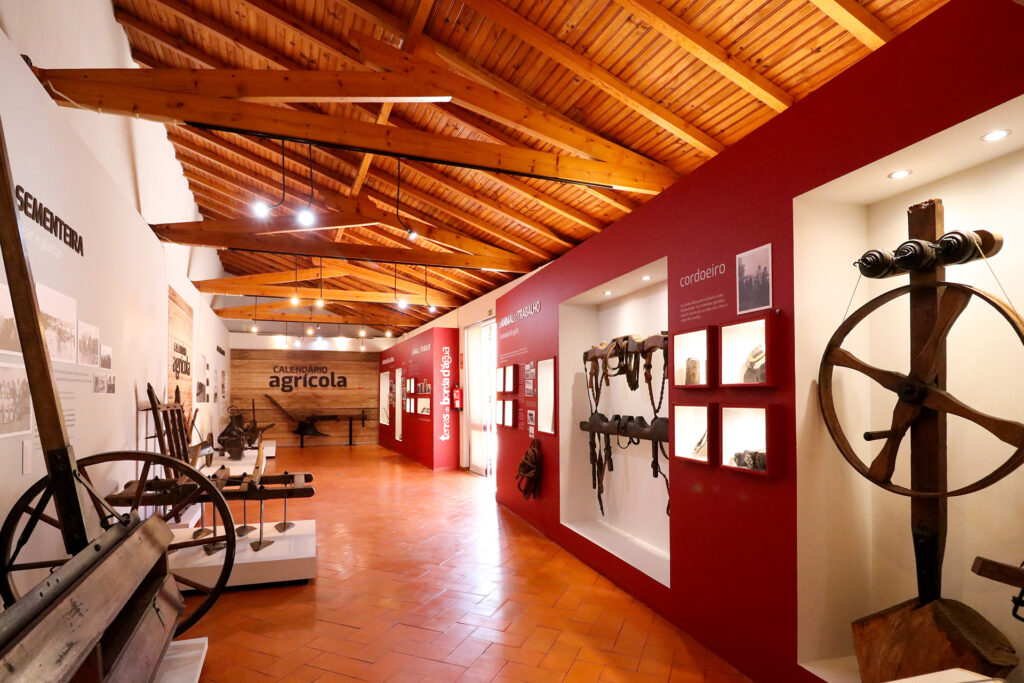
Infantado Palace
Dating from the late 18th century, it was part of the former Casa do Infantado. In the 19th century, the administration of Companhia das Lezírias was installed here. A violent fire in 1976 destroyed the entire interior. In 1998, it was reopened as a cultural space, integrating the Municipal Library, exhibition galleries, auditorium and internet space.
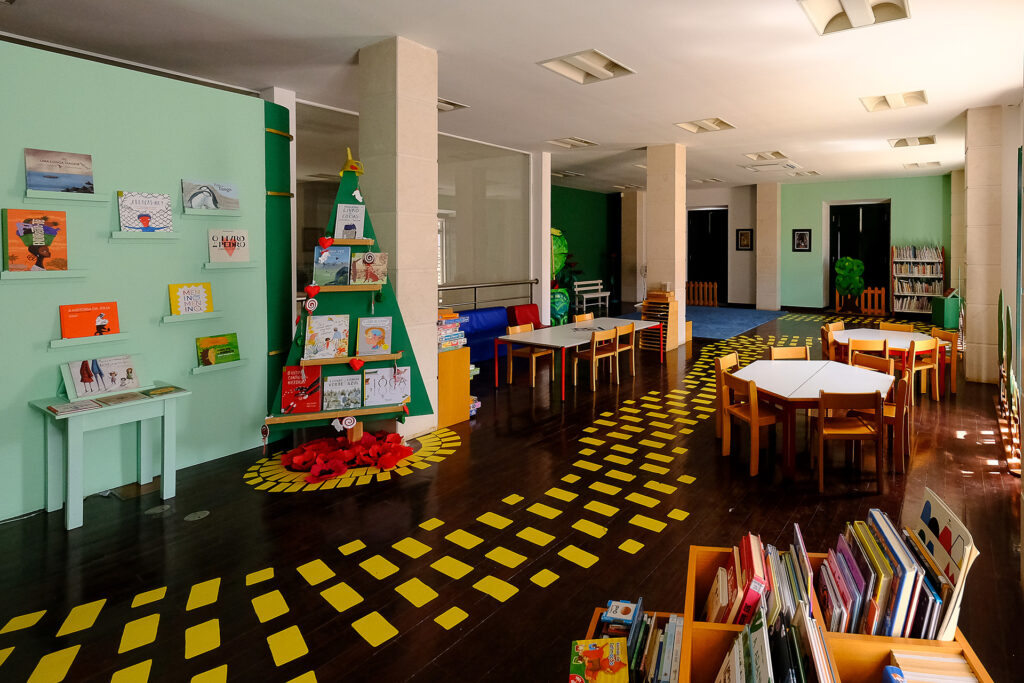
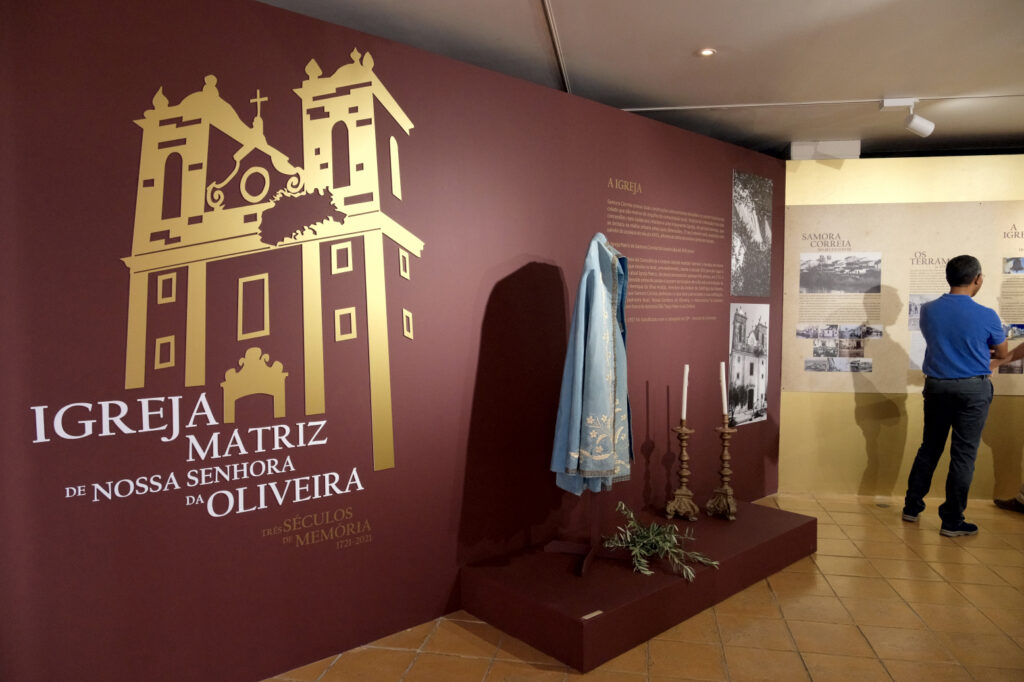
St. Anthony's Fountain
Originally built in 1865, it was the first public water main in the town of Benavente.
Although the fountain has been preserved, the current structure dates from the 1950s.
Traditionally, the fountain was used to collect water for everyday tasks, and important social relationships were established there. While waiting for their turn in the queue, on Wednesdays, there were moments of tranquillity used for socializing.
Municipality Fountain
We find reference to this fountain in the “Parish Memoirs”, of Samora Correia, 1758, mentioning the existence of “a fountain called the municipality, which waters are good for the eyes, mentioning medicinal achilegio”. This is a fountain of simple construction, with a stone arch of regular dimensions and a vaulted ceiling covered in brick. Inside, a tank about 70 cm deep is defined. It is a construction that does not have any decorative elements, probably dating from the 14th century, with a framing in a Romanesque tradition.
Fountain of the Squires
Located on the western edge of the historic center, it is already referenced in a plan of the town from the late 18th century. It would have been one of the places where domestic water was supplied, and was said to have therapeutic properties to “preserve from stone and nephritic complaints”.
